What is the story about?
Oil gained as progress between the US and China on trade boosted the outlook for energy demand and lifted risk assets.
Brent rose above $66 a barrel, after rallying almost 8% last week, while West Texas Intermediate was near $62. Top negotiators said they came to terms on a range of points, setting the table for President Donald Trump and counterpart Xi Jinping to finalize a deal. The leaders will meet on Thursday.
Trump’s threat of 100% tariffs on Chinese goods “is effectively off the table,” Treasury Secretary Scott Bessent told CBS News. The US and China are the world’s largest economies, and moves to defuse trade tensions that have rattled global markets would be a positive for global economic growth.
Oil rebounded from a five-month low last week after US sanctions on Russia’s two biggest crude producers helped offset concerns about a building global surplus. A decline in imports of Moscow’s cargoes for major buyers India and China stands to lift demand for alternative grades, lending support to prices that have been hurt this year by rising output from the OPEC+ alliance.
“Hope of an imminent US-China trade deal is a plus for economic and oil-demand sentiment — it is layering in top of the Russia risk premium this morning,” said Vandana Hari, founder of Singapore-based market analysis firm Vanda Insights. “But I expect the backdrop of excess supply will limit gains. Brent may return to its previous comfort zone in the high-$60s.”
The US administration’s plan in sanctioning Rosneft PJSC and Lukoil PJSC, part of broader efforts to force an end to the war in Ukraine, is to make Russia’s trade harder, costlier, and riskier — but without forcing a sudden supply shock that might spike global prices, according to officials familiar with the matter. Thus far, refiners in India have said they expect flows to fall to near zero, while processors in China paused some buying.
Also Read: Asian stocks rise as trade tensions ease, gold drops
Brent rose above $66 a barrel, after rallying almost 8% last week, while West Texas Intermediate was near $62. Top negotiators said they came to terms on a range of points, setting the table for President Donald Trump and counterpart Xi Jinping to finalize a deal. The leaders will meet on Thursday.
Trump’s threat of 100% tariffs on Chinese goods “is effectively off the table,” Treasury Secretary Scott Bessent told CBS News. The US and China are the world’s largest economies, and moves to defuse trade tensions that have rattled global markets would be a positive for global economic growth.
Oil rebounded from a five-month low last week after US sanctions on Russia’s two biggest crude producers helped offset concerns about a building global surplus. A decline in imports of Moscow’s cargoes for major buyers India and China stands to lift demand for alternative grades, lending support to prices that have been hurt this year by rising output from the OPEC+ alliance.
“Hope of an imminent US-China trade deal is a plus for economic and oil-demand sentiment — it is layering in top of the Russia risk premium this morning,” said Vandana Hari, founder of Singapore-based market analysis firm Vanda Insights. “But I expect the backdrop of excess supply will limit gains. Brent may return to its previous comfort zone in the high-$60s.”
The US administration’s plan in sanctioning Rosneft PJSC and Lukoil PJSC, part of broader efforts to force an end to the war in Ukraine, is to make Russia’s trade harder, costlier, and riskier — but without forcing a sudden supply shock that might spike global prices, according to officials familiar with the matter. Thus far, refiners in India have said they expect flows to fall to near zero, while processors in China paused some buying.
Also Read: Asian stocks rise as trade tensions ease, gold drops
Do you find this article useful?
/images/ppid_59c68470-image-176152753024642326.webp)

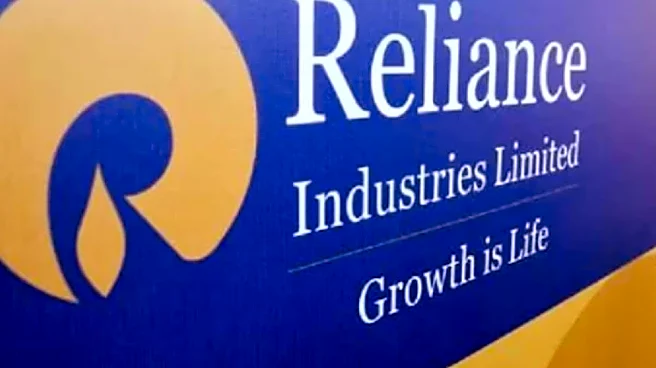

/images/ppid_59c68470-image-176127013952759050.webp)
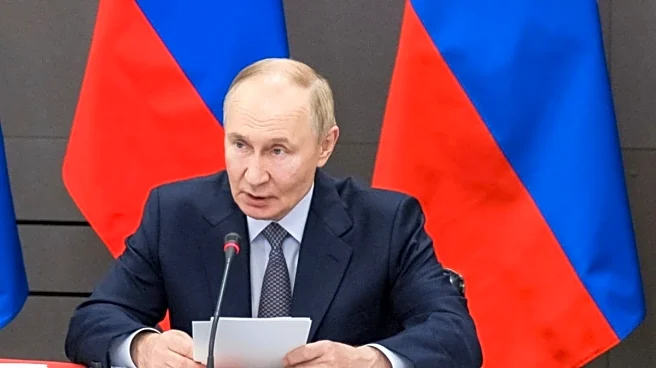

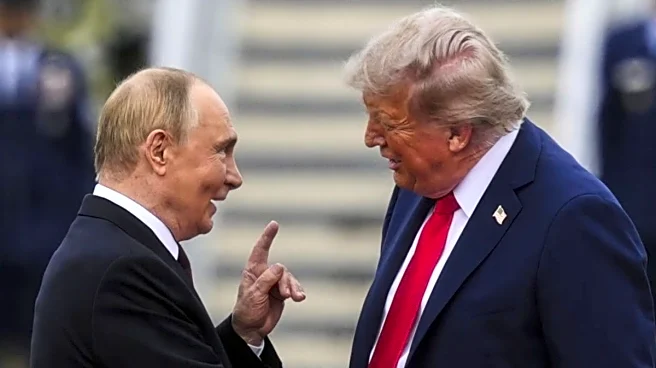
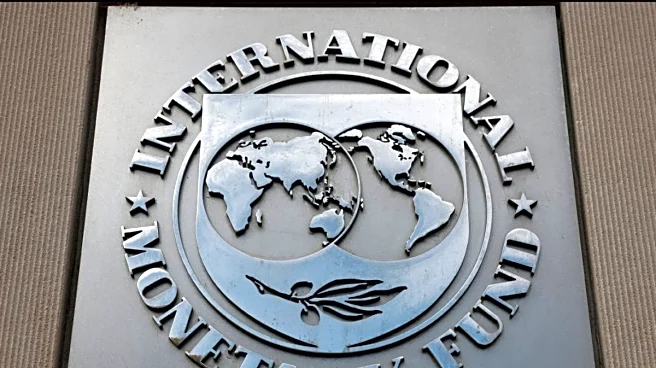
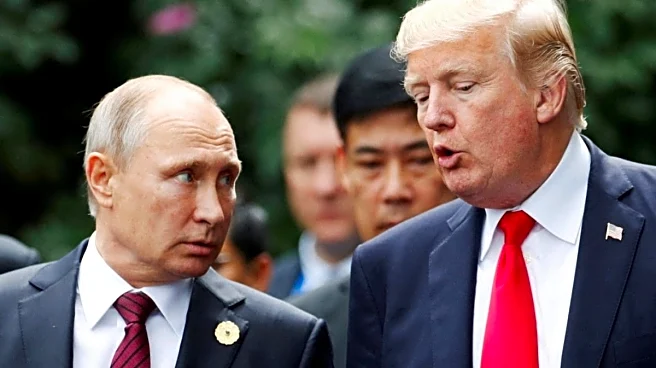
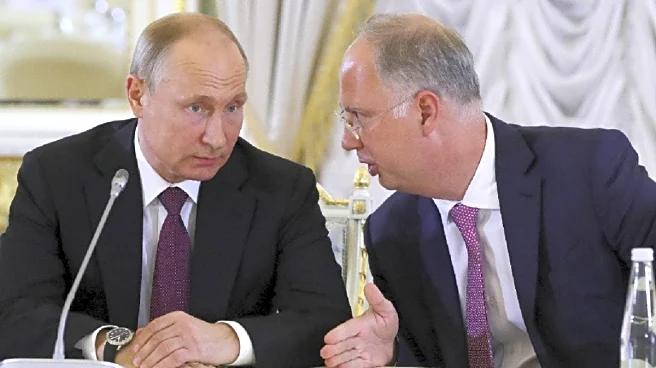
/images/ppid_59c68470-image-176145003135181728.webp)

/images/ppid_59c68470-image-176127010851839269.webp)
/images/ppid_59c68470-image-176131253000590232.webp)